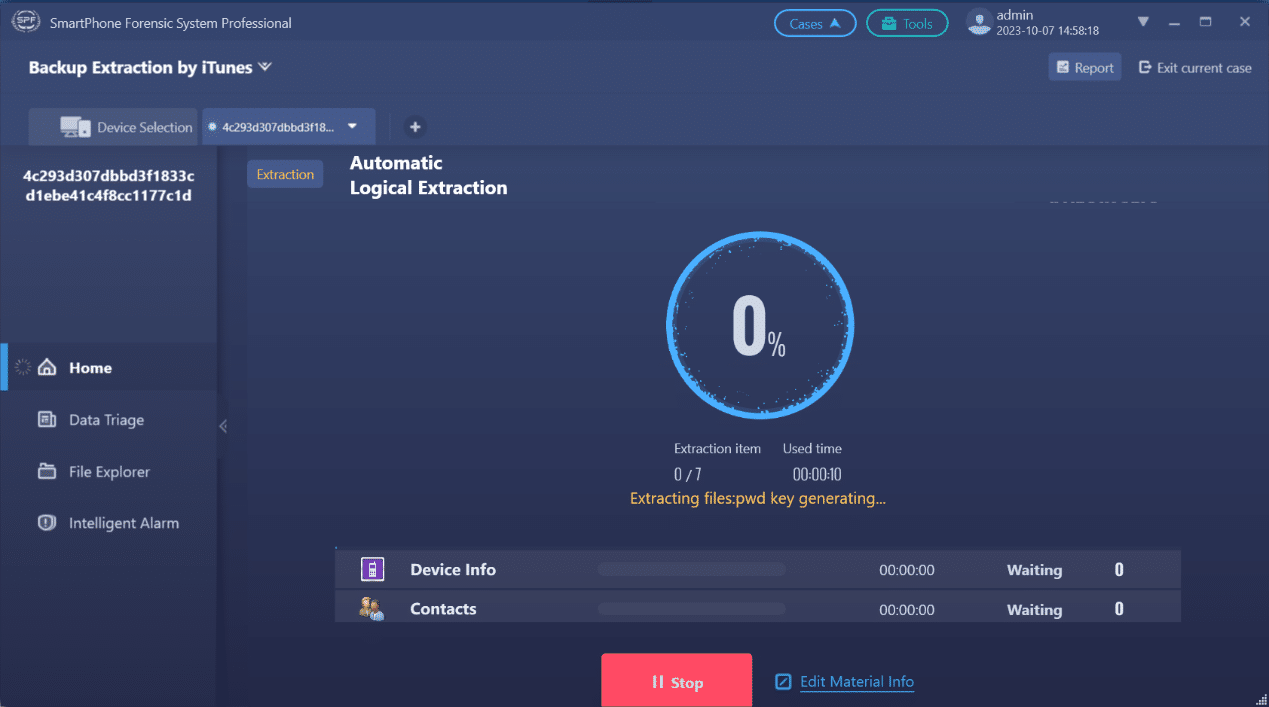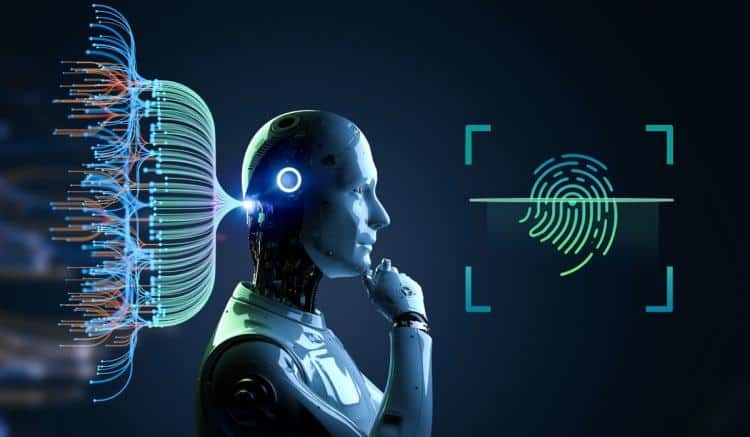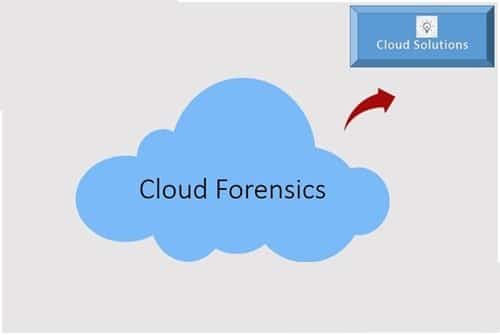In the ever-evolving field of mobile phone forensics, the discipline dedicated to extracting and analyzing data from mobile devices, significant advancements continue to transform the landscape. This article delves into the latest technological progressions, defining the role and increasing significance of mobile forensics in criminal and civil investigations. It sets the stage to explore how mobile phone forensics tools, including free tools, are reshaping investigations, emphasizing the purpose to keep professionals updated with these pivotal advancements. In order to show how these developments are changing the way experts approach digital forensics, this article will examine the most recent developments in mobile phone forensics for the year 2024. forensic specialists and law enforcement organisations might better equip themselves to handle the problems of contemporary digital crimes by being aware of these tendencies.
What Are Advancements in Mobile Phone Forensics for 2024?

-
Content
- Traditional Methods vs. Advancements
- Enhanced Data Extraction Techniques
- Artificial Intelligence Integration
- Cloud Forensics
- Blockchain and Cryptocurrency Investigations
- Conclusion
-
Content
- Traditional Methods vs. Advancements
- Enhanced Data Extraction Techniques
- Artificial Intelligence Integration
- Cloud Forensics
- Blockchain and Cryptocurrency Investigations
- Conclusion
Traditional Methods vs. Advancements
1. Old School Meets New Tech: An Overview of Traditional Methods
Traditional methods in mobile phone forensics primarily relied on manual extraction techniques, which are gradually being superseded by automated solutions provided by digital forensic companies. Innovations in the area are marked by the availability of innovative techniques that provide quicker and more dependable data extraction capabilities, even from encrypted or locked devices.
2. Stepping into the Future: Recent Advancements
The field of mobile phone forensics has seen a significant change due to the latest developments in technology. The industry has seen a transformation because to innovations like cloud forensics, sophisticated decryption methods, and artificial intelligence applications. Not only may these new technologies improve data extraction capabilities, but they also allow for more advanced analysis, which can assist identify previously hidden patterns.
3. Keeping Pace with Technology: Why It Matters
It is essential to keep up with the most recent forensic techniques in this day of rapid digital technology evolution. Keeping up with the times is essential for forensic experts if they want to be able to tackle contemporary issues like sophisticated security features and novel data storage methods. Adopting these innovations also gives legal teams and law enforcement organisations the means to combat digital crimes in a productive and successful manner.
Enhanced Data Extraction Techniques
1. Unlocking New Possibilities: Introduction of Cutting-Edge Tools
The field of mobile phone forensics has seen the introduction of innovative tools and software that push the boundaries of data recovery. Tools like mobile forensic tool and digital forensic tools have revolutionized the process, allowing for deeper dives into the data stored on smartphones and tablets. These advancements not only speed up the forensic process but also enhance the comprehensiveness of the data extraction, providing investigators with a fuller picture of the data landscape.
2. Breaking Barriers: Extracting Data from Locked or Encrypted Devices
One of the most significant challenges in mobile-phone-forensics has been accessing data from locked or encrypted devices. With new technologies, such as mobile phone forensics tools free and specialized decryption software, forensic experts can now bypass security measures more effectively than ever before. This capability is crucial, especially in cases where accessing the device data can be the key to resolving criminal cases or securing personal data in legal disputes.
3. Real-World Impact: Case Studies
Several case studies highlight the effectiveness of these enhanced extraction techniques. For instance, the use of smartphone forensics tools in a recent high-profile case allowed investigators to recover critical data from a secured device, which was pivotal in solving the case. Another case involved the successful retrieval of data from a damaged phone recovered from a crime scene, using advanced digital forensic services. These examples demonstrate not only the capability of modern mobile phone forensics but also underscore their growing importance in the legal and law enforcement arenas.
Artificial Intelligence Integration
1. AI as a Game Changer: Enhancing Forensic Capabilities
Artificial intelligence significantly enhances the capabilities of mobile device forensics, introducing automated data analysis and pattern recognition that redefine how investigations are conducted, making the process faster and more accurate. The integration of Artificial Intelligence (AI) into mobile phone forensics is revolutionizing the field, offering unprecedented capabilities in data analysis. AI’s role extends beyond mere data retrieval; it facilitates complex pattern recognition and behavioral analysis, which are pivotal in uncovering hidden relationships within large datasets. This technological leap allows forensic experts to efficiently parse through gigabytes of data, identifying relevant information swiftly and accurately.
2. Smarter Analysis: AI in Action
The volume and diversity of data saved on current devices makes it more important for AI algorithms to be adept at classifying and analysing large volumes of data. Artificial intelligence (AI) is being used in mobile phone forensics in a number of ways. Predictive analytics uses historical data to anticipate future behaviours, while semantic analysis analyses communication context. These capabilities are improving the accuracy of the findings derived from forensic data while also expediting investigations.
3. Navigating the Complexities: Benefits and Challenges
Integration of AI presents problems in addition to several advantages, such as increased analytical power and efficiency. Important things to keep in mind include things like data protection, the need for intensive training, and the possibility of bias in AI systems. In order to properly use AI in forensic settings and guarantee that mobile phone forensics continues to be a useful tool in the legal and security domains, it is imperative that these elements be balanced.
Cloud Forensics
With the advent of cloud storage, digital forensic services have expanded to include data retrieval and analysis from cloud platforms, where traditional mobile forensic tools must evolve to address the challenges presented by cloud computing environments.
1. The Cloud Revolution: Implications for Mobile-Phone-Forensics
The shifting trends of digital data shifting to cloud settings need mobile phone forensics to adjust as well. The advent of cloud-based data storage presents forensic investigators with both possibilities and difficulties. Mobile device data may be synchronised and saved remotely with cloud storage, protecting the data even in the event that the physical device is lost, stolen, or otherwise changed. But since data is now scattered among many cloud services rather than being restricted to the device, this change also makes data retrieval and analysis more difficult.
2. Retrieval and Analysis Techniques in the Cloud
Effective cloud forensics requires advanced techniques and tools capable of navigating complex cloud architectures. Forensic experts use specialized digital forensic tools to access, retrieve, and analyze data stored across various cloud platforms. This process often involves legal permissions to access cloud servers, followed by the application of forensic methodologies to extract data without altering it, maintaining the integrity necessary for legal scrutiny.
3. Privacy and Legal Challenges
The intersection of cloud forensics with privacy and legal issues forms a critical aspect of modern mobile phone forensics. Retrieving data from cloud services must comply with stringent legal standards to ensure that the evidence is admissible in court. Furthermore, the global nature of cloud services often involves navigating different jurisdictions and legal frameworks, which can complicate the forensic process. Privacy concerns also arise as individuals and organizations demand greater protection of their digital information, challenging forensic experts to balance the need for effective investigation with respecting privacy rights.
Blockchain and Cryptocurrency Investigations
1. Blockchain Basics: Why It Matters in Forensics
Mobile phone forensics will be significantly impacted by blockchain technology, which is best known for supporting cryptocurrencies like Bitcoin. The fundamental component of blockchain technology is a decentralised digital ledger that tracks transactions across many computers and guarantees that records cannot be changed backwards without also changing all blocks that come after. Because of its integrity, blockchain is applicable to forensics, especially when determining the veracity and timeliness of digital evidence.
2. Navigating the Crypto Landscape: Challenges and Opportunities
Forensic investigators have distinct possibilities and difficulties when tracking down bitcoin transactions. Although transaction data is available to the public, it is difficult to associate it with actual people due to the pseudo-anonymous nature of the transactions. Still, this creates possibilities as well since, once identities are verified, the openness of the blockchain allows for extensive monitoring, opening up a new line of inquiry for financial crime investigations.
3. Forensic Tools for the Digital Age
Professional forensic investigators use special digital forensic tools made for blockchain research to deal with these problems. These tools make it easier to look at blockchain data, find trends, and connect digital wallets to things in the real world. Graph analysis and other methods are also very important because they let investigators see how complex relationships work in blockchain data. This gives them important information that is needed in court cases involving digital currencies.
Conclusion
As we have explored, the field of mobile phone forensics is undergoing rapid transformation, driven by advancements in technology and increasing demands for security and privacy. The way forensic professionals conduct digital investigations is changing due to a number of advancements, including the incorporation of artificial intelligence, improved data extraction methods, and the emergence of cloud and blockchain forensics. The efficiency and effectiveness of investigations are enhanced by these innovations, but they also present new difficulties, especially when it comes to striking a balance between cutting-edge methods and moral and legal obligations. In order to keep ahead of technological advancements, the profession will undoubtedly continue to change in the future, requiring constant adaptability and forward-thinking. Mobile phone forensics will play a critical role in reshaping the field of law enforcement and digital security as we accept these advances.





